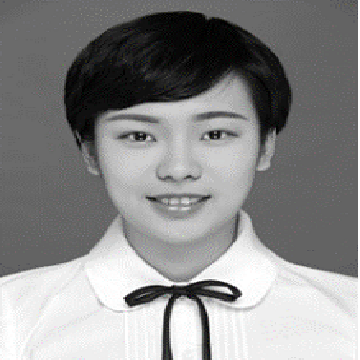Scientific Program

Ziyi Guo
University of New South Wales, Australia
Title: Multifunctional biocatalytic submarine-like micromotors for directional vertical motion
Biography:
Ziyi Guo is a PhD candidate at the school of Chemical Engineering and Graduate School of Biomedical Engineering in University of New South Wales (Australia), supported by the Australian Government Research Training Program Scholarship. She obtained her BSc degree in Materials Science and Engineering in Central South University (China) in 2017. Her research interests focused on smart responsive nano-bio-hybrid materials
Abstract
Artificial and micro/nano biohybrids have emerged as an exciting branch of research at the interface of materials engineering and biological science. People have found vast potential for applications ranging from nanomedicine to environmental remediation.1 Among the biohybrids, self-propelled artificial micromotors have been extensively investigated in the last few years, showing promise for controlled drug delivery, sensors, environmental remediation, and micromanipulation. However, strategies for developing methods to achieve precise and corporative autonomous directional movement of these nanomachines in an isotropic solution (e.g. without chemical, physical gradient or any form of external manipulation) is not yet achieved. As we advance toward real-world applications, steering of the motors to a specific destination and with speed regulation will be required.
Here, we report for the first time the design of a novel submarine-like micromotor that is capable of regulating its buoyancy force to achieve reversible, corporative directional vertical motion in centimeter-scale2. Guided by density functional theory (DFT) calculations, we synthesized a composite metal-organic framework (MOF)-based micromotor system containing a bioactive enzyme as the engine for gas bubble generation and a pH-responsive, hydrophilic/hydrophobic phase-shifting polymer as the gear to tune the micromotor buoyancy force through modulated interaction with the produced gas bubbles. We show that the gas bubbles produced by the micromotor can be reversibly retained/expelled from the micromotors, leading to the buoyancy-controlled ascending or descending vertical motion. Importantly, anti-cancer drug-loaded micromotors showed directional cytotoxicity to the three-dimensional cell cultures, depending on the pH of the cellular environment. We found that such facile and versatile method for exploring novel driving forces for motion manipulation could be further applied to colloidal science and electrochemistry, showing potential as smart cargo transport microsystems that could accomplish more challenging tasks by exploiting the complex biological environment
- Advanced Materials and Functional Devices
- Engineering Materials & Composite Materials
- Magnetic and Multiferroic Materials
- Advanced Optical and Magnetic Materials
- Advanced Bio-Materials & Bio-Devices
- Cluster Science and Nano-Toxicology
- Energy Materials and Harvesting
- Advancement in Nanomaterials Science and Nanotechnology
- Nano Materials & Their Properties
- Carbon Nanostructures and Graphene
- Nano Medicine & Drug Delivery
- Nanotechnology in Water Treatment

